I have two problems with filling out a very large dataframe. There is a section of the picture. I want the 1000 in E and F to be pulled down to 26 and no further. In the same way I want the 2000 to be pulled up to -1 and down to the next 26. I thought I could do this with bfill and ffill, but unfortunately I don't know how...(picture1)

Another problem is that columns occur in which the values from -1 to 26 do not contain any values in E and F. How can I delete or fill them with 0 so that no bfill or ffill makes wrong entries there?
(picture2)

import pandas as pd
import numpy as np
data = '/Users/Hanna/Desktop/Coding/Code.csv'
df_1 = pd.read_csv(data,usecols=["A",
"B",
"C",
"D",
"E",
"F",
],nrows=75)
base_list =[-1,0,1,2,3,4,5,6,7,8,9,10,11,12,13,14,15,16,17,18,19,20,21,22,23,24,25,26]
df_c = pd.MultiIndex.from_product([
[4000074],
["SP000796746","SP001811642"],
[201824, 201828, 201832, 201835, 201837, 201839, 201845, 201850, 201910, 201918, 201922, 201926, 201909, 201916, 201918, 201920],
base_list],
names=["A", "B", "C", "D"]).to_frame(index=False)
df_3 = pd.merge(df_c, df_1, how='outer')
To understand it better, I have shortened the example a bit. Picture 3 shows how it looks like when it is filled and picture 4 shows it correctly filled

